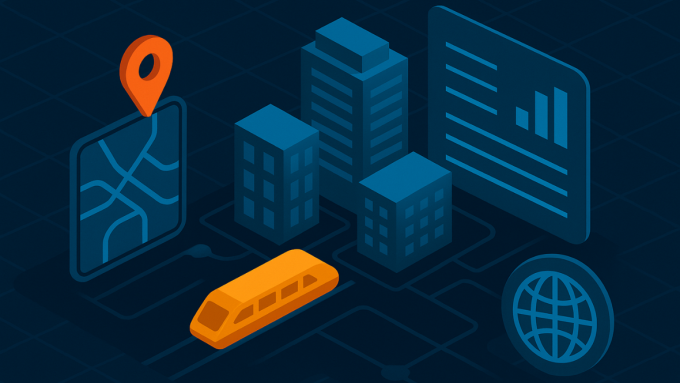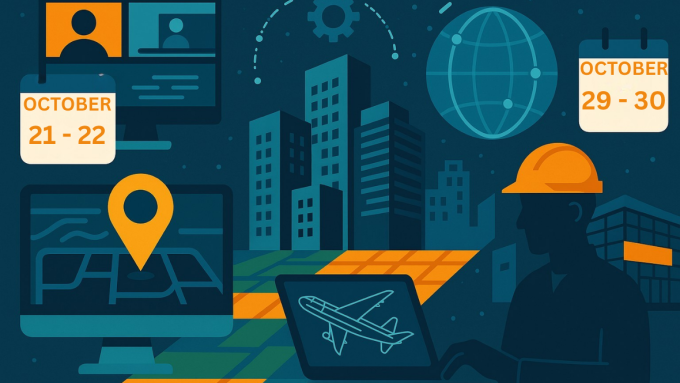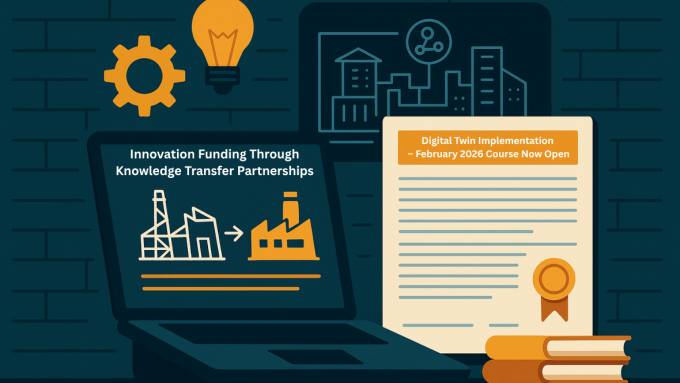A big thank you from 1Spatial
The inaugural Connected Digital Twins Summit – Systems thinking for a smarter world took place in June. The Digital Twin Hub and Connected Places Catapult hosted one-day hybrid event showcased the latest cross-industry business applications for connected digital twins.
1Spatial would like to thank the Connected Places Catapult and the Digital Twins Hub. The Summit convened over 900 attendees including senior-level policymakers, corporate asset owners, solution providers, academics, and investors. From the Ministerial Address by Rt Hon Jesse Norman MP (Minister of State for Transport, UK) through to the line-up of keynotes, SME showcases and immersive case studies demonstrating the power and ROI of digital twins in different contexts – the summit had it all and 1Spatial are ready for the Connected Digital Twins Summit in 2024.
Great things happen with digital twins and trusted data for our built environment
1Spatial work with organisations across the built environment to deliver increased productivity, reducing or avoiding costs and increasing output by delivering trusted data with automated information management. 1Spatial achieve positive outcomes for organisations by enabling the implementation of information management (data governance) frameworks for digital twins.
1Spatial posted a pre Connected Digital Twins Summit blog article focusing on great things happen with digital twins and trusted data for our built environment. Information management (IM) frameworks, information management and digital twins are symbiotic. An IM framework needs IM and IM needs an IM framework to support the development of trusted data. Digital twins need both IM frameworks and IM to succeed and enable great things to happen.
Who needs to manage information about our built environment?
Many stakeholders, including external contractors, contribute information about the built environment throughout its lifecycle. Where information is being used to manage strategic built environment aspects – such as road networks, airports, flood defences or power stations – challenges may arise when information needs to be integrated from multiple data owners.
Interoperable information management is needed for:
- Policy and programme planning
- Pre-Contract
- Contract Delivery
- Handover
- Operations
- End of Life
Discrepancies in data formats, currency and granularity can lead to varying levels of accuracy, quality, and consistency.
To create strong data foundations that allow organisations to have confidence in their information, information quality is critical. Rather than resorting to a one-off manual clean-up process, it is important that organisations establish an information correction or enhancement regime to identify and rectify errors according to a set of predefined criteria or rules.
Organisations with large amounts of legacy data, in old IT systems, are especially prone to this challenge. Defined standards and structures can significantly improve information quality, completeness, and reliability. By applying information quality and governance principles, smarter information assurance becomes a process rather than an event and ensures the integrity, interoperability, availability, and compliance of built environment information for digital twins. These processes are critical in wider built environment supply chain projects and developing a strategy to create and maintain strong data foundations will benefit the wider built environment and sustainability of digital twins.
Journeys towards digital twins
Successful journeys towards digital twins and connected digital twins are dependent upon information management frameworks and automated information management approaches. Manual checking of information, manual mapping to documented standards and challenges with integrating disparate information all contribute to extended delays in making information available to users for organisational operational purposes and digital transformations, for example, digital twins.
Automated information management approaches for extracting information, checking information against standards, and information integration will make higher quality, consistent information available to users sooner.
1Spatial’s CTO, Seb Lessware gave a presentation during the Connected Digital Twins Summit Gemini Live Call session. Seb talked about the National Underground Asset Register (NUAR) as an example of enabling information management frameworks.
How we can help
1Spatial’s products automate information management in a repeatable, consistent, and scalable way.
We are working with organisations across the built environment to ensure industry-leading digital twinning of the physical built environment, delivering automated information, that has the capacity to meet future demands.
Author: Matthew White, Head of Built Environment, 1Spatial



Leave a comment